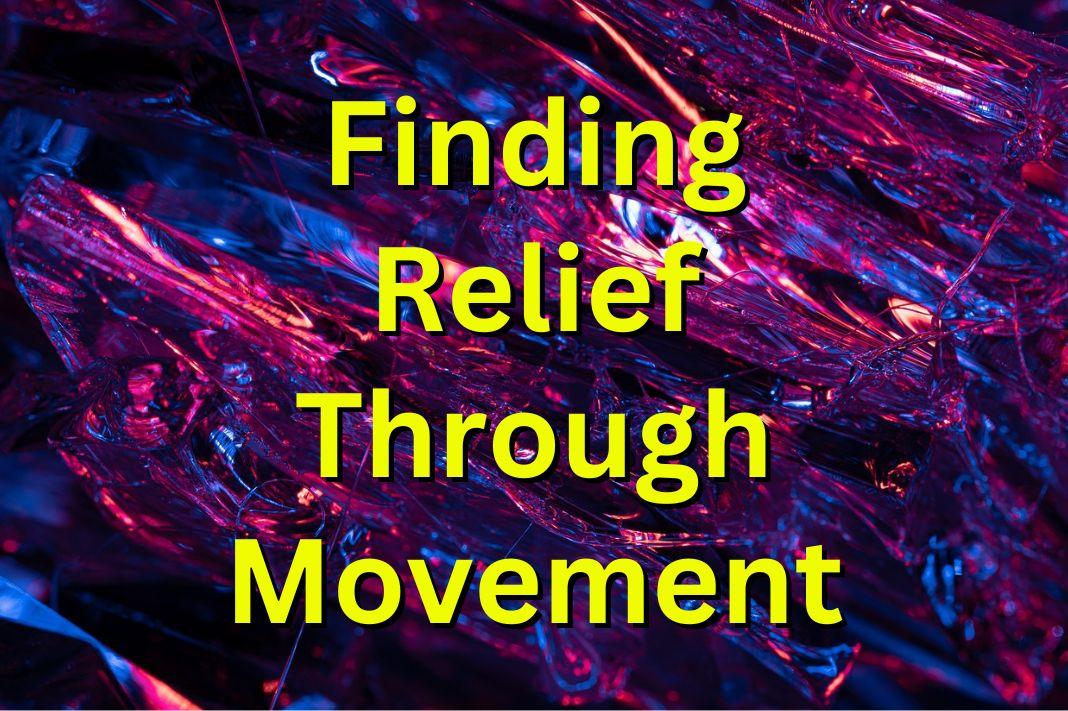 Fibromyalgia is a complex condition characterized by widespread pain, fatigue, sleep disturbances, and cognitive difficulties. While there is no cure, certain lifestyle changes and treatments can help manage symptoms. One of the most beneficial things someone with fibromyalgia can do is start an exercise routine. Exercise has been shown to ease pain, improve sleep, reduce fatigue, and enhance overall wellbeing in those with fibromyalgia. However, jumping into an intense workout can exacerbate symptoms. The key is starting slow and choosing the right activities.
Fibromyalgia is a complex condition characterized by widespread pain, fatigue, sleep disturbances, and cognitive difficulties. While there is no cure, certain lifestyle changes and treatments can help manage symptoms. One of the most beneficial things someone with fibromyalgia can do is start an exercise routine. Exercise has been shown to ease pain, improve sleep, reduce fatigue, and enhance overall wellbeing in those with fibromyalgia. However, jumping into an intense workout can exacerbate symptoms. The key is starting slow and choosing the right activities.
Here are some of the best exercises for fibromyalgia:
 Walking – One of the simplest yet most effective forms of exercise for fibro. Start with a short, slow stroll around the block. Gradually work up to longer durations and faster paces. Walking helps improve cardiovascular health, mood, and sleep quality. Just be sure to wear supportive shoes.
Walking – One of the simplest yet most effective forms of exercise for fibro. Start with a short, slow stroll around the block. Gradually work up to longer durations and faster paces. Walking helps improve cardiovascular health, mood, and sleep quality. Just be sure to wear supportive shoes.
 Water Aerobics – The water provides the perfect low-impact environment for fibro exercise. Being immersed in warm water helps relax muscles and reduce pain. Water aerobics builds strength and cardio capacity without taxing the joints. Classes are widely available at gyms, community centers, and rehab facilities.
Water Aerobics – The water provides the perfect low-impact environment for fibro exercise. Being immersed in warm water helps relax muscles and reduce pain. Water aerobics builds strength and cardio capacity without taxing the joints. Classes are widely available at gyms, community centers, and rehab facilities.
 Yoga – Gentle yoga helps stretch tight muscles, enhance flexibility, and relax both body and mind. Start with restorative poses, working up to faster-paced vinyasa flow. Yoga’s focus on breathing can also help reduce fibro pain and fatigue. Classes tailored to ability level are ideal.
Yoga – Gentle yoga helps stretch tight muscles, enhance flexibility, and relax both body and mind. Start with restorative poses, working up to faster-paced vinyasa flow. Yoga’s focus on breathing can also help reduce fibro pain and fatigue. Classes tailored to ability level are ideal.
Tai Chi – This ancient martial art involves slow, graceful movements that improve balance, circulation, and wellbeing. Tai chi is extremely low impact and gentle on the joints. It also incorporates meditation and deep breathing. Try joining a beginner-level class. Apps and YouTube tutorials offer options too.
This ancient martial art involves slow, graceful movements that improve balance, circulation, and wellbeing. Tai chi is extremely low impact and gentle on the joints. Share on X Cycling – Riding a stationary bike or recumbent bike is an effective cardio workout that’s gentle on the body. It improves muscle strength, flexibility, and heart health without weight-bearing impact. Start with short sessions, and make sure the seat is properly fitted. Track mileage goals for motivation.
Cycling – Riding a stationary bike or recumbent bike is an effective cardio workout that’s gentle on the body. It improves muscle strength, flexibility, and heart health without weight-bearing impact. Start with short sessions, and make sure the seat is properly fitted. Track mileage goals for motivation.
 Pilates – This centering workout targets core strength and stabilization of the back and hips. Pilates enhances posture and coordination. For fibro, focus on mat-based moves versus reformer machines, and avoid overstretching. Classes are available, but must be paced properly.
Pilates – This centering workout targets core strength and stabilization of the back and hips. Pilates enhances posture and coordination. For fibro, focus on mat-based moves versus reformer machines, and avoid overstretching. Classes are available, but must be paced properly.
Strength Training – Building muscle mass helps support joints and reduces fibro pain. Start with 2-3 times a week using light weights and high reps. Focus on major muscle groups like arms, back, chest, legs. Increase difficulty slowly. Get guidance from a physical therapist or trainer.
Being immersed in warm water helps relax muscles and reduce pain. Water aerobics builds strength and cardio capacity without taxing the joints. Share on XStretching – Daily stretching keeps muscles flexible and pain-free. Try simple stretches for the neck, shoulders, lower back, hips, and hamstrings. Yoga and Pilates combine stretches with other exercises. Avoid overstretching and bouncing movements. Stretch gently and hold positions.
 The key to exercising with fibromyalgia is starting very gradually and avoiding overexertion. Try different activities to find what works for you. Low-impact exercises that relax the body while building strength and stamina are ideal.
The key to exercising with fibromyalgia is starting very gradually and avoiding overexertion. Try different activities to find what works for you. Low-impact exercises that relax the body while building strength and stamina are ideal.
Developing a manageable exercise routine can significantly improve fibromyalgia symptoms and enhance quality of life. Movement and activity are essential when living with this complex condition.



